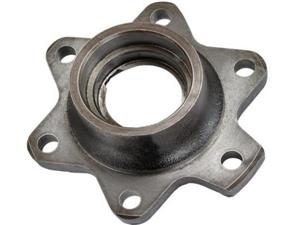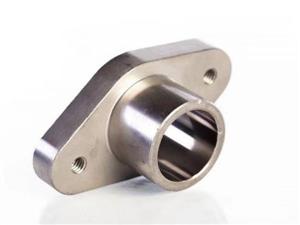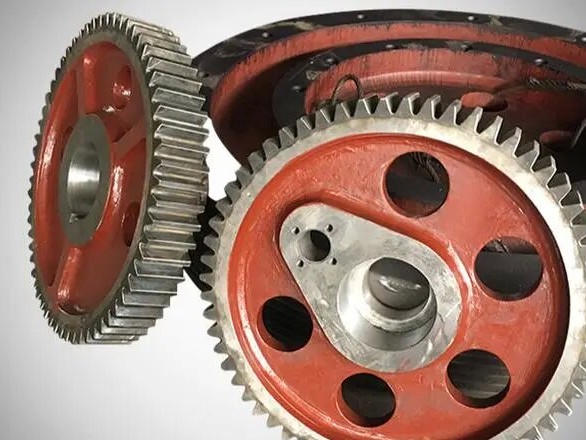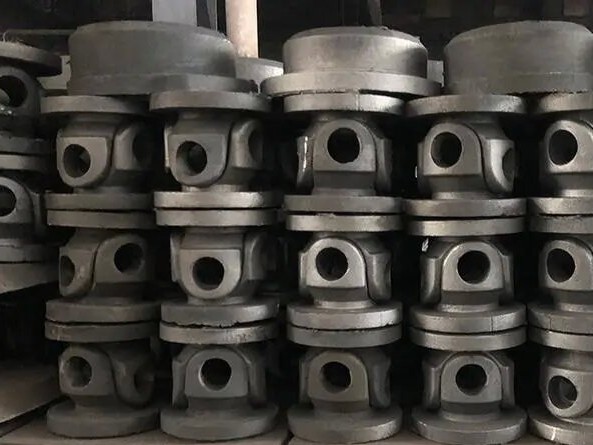Why are castings prone to damage?
During the production of castings, if some casting defects are likely to cause damage to the finished castings, which will directly affect the appearance and overall quality of castings, why are castings prone to damage? What can be done to avoid it?
1.Improper use of casting die materials. For castings, the casting mould is often called "the mother of casting". The casting mould with smooth surface can not only reduce the mold waste, improve the productivity of castings, but also help to obtain smooth castings.
2. The proportion of raw materials for casting production is improper. The proportion of raw materials plays a vital role in the normal use of finished castings. If the proportion of raw materials is not well controlled, the quality of castings is difficult to control, casting damage is easy to occur, and the scrap rate will also be increased.
3. There are many pattern combination bonding surfaces of castings. If the quality of the casting mold assembly is poor and the assembly surface is uneven, resulting in an increase in the amount of glue used in the combination and bonding of the pattern, the carbon content of its thermal decomposition products will increase, and the casting will be damaged in the subsequent processing.
4. The pouring system is set unreasonably. Casting defects are easy to occur if the gating system is not designed properly. Especially for the vacuum pumping system and the casting sand box, if the configuration is not reasonable, it will cause the vacuum degree of the casting sand box is not equal or the deviation is too large during the casting process, so that the thermal decomposition products of the mold can not be quickly discharged from the casting cavity, causing carburization or carbon deposition of the casting.
5. The coating layer of the casting mold has poor air permeability. The air permeability of the casting mold affects the thermal decomposition ability of the mold. In the process of production and pouring, when the pattern and pattern combination adhesive encounter the thermal decomposition products of molten casting steel for pattern thermal decomposition, they cannot be discharged from the pouring cavity quickly, creating adverse conditions and conditions for carburization and carbon deposition.
6. The setting of casting conditions is unreasonable. If the setting of pouring and mold filling process is too long, resulting in low temperature of molten steel during pouring, especially at the position where the casting wall thickness increases, the solidification rate of molten steel is slow, resulting in a long stay time of liquid solid, which promotes the action time of molten steel and pattern thermal decomposition products to increase, it will increase the amount of carburization and carbon deposition of steel castings, and the castings will be damaged.






